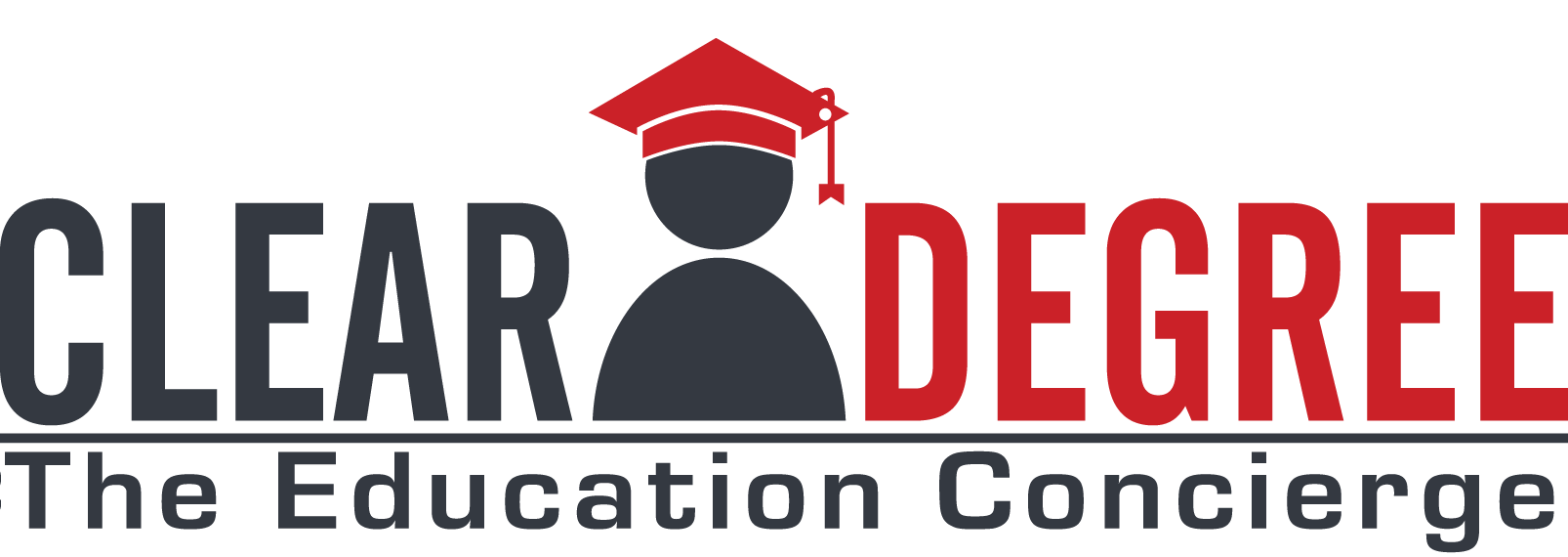An Online Degree Can Mean Many Things – Understand Your Options Before Choosing a Degree Program

These are a few of the many interchangeable names used to describe what I call Online Education. Early on these terms had somewhat different definitions ranging from correspondence courses to courses on video and CDs and eventually the early Internet.
Today each of the terms describe the ability to deliver education via the Internet. You’ll typically see shorter term programs described as e-Learning or digital learning, with longer certificate or degree programs portrayed as Online Education/Degree/Certificate or Distance Learning.
For students seeking an Online Degree or Certificate, the term “Online” isn’t that simple. While most online degree programs follow a similar format, there are some basic definitions that a student should understand before making a decision on a program.
Asynchronous vs. Synchronous
While an asynchronous format is much more flexible, it also includes weekly deadlines for various assignments that include reading, writing and regular collaboration with other students (usually via discussion threads). The exception is when a degree program is self-paced, in which the only deadline is the end of the course or term.
A synchronous program has less flexibility in terms of time and includes regular assignments in addition to the live component. This format more closely resembles a traditional classroom; it appeals to some students who learn best via live interaction with instructors and other students. Synchronous programs aren’t common and are found most often at the graduate level.
Finally there are programs that combine the formats, with live courses held weekly that are optional to attend. The benefit is the ability to engage in the live interaction when possible and review a recording afterwards if needed.
Fully Online vs. Hybrid vs. Blended
Thousands of degree programs are offered 100% online. However, millions of students have a collegiate experience that is either hybrid or blended.
A fully online program is pretty simple to understand. It means that students experience everything – courses, support, interaction and education – at a distance. That’s the typical experience with an online degree program, and in that format students and instructors are involved from around the country and the world.
A hybrid degree program combines a face-to-face component with online learning so that they build off of each other (rather than duplicating content). For example, you may have a course that was traditionally Tue/Thu but in a hybrid format is offered Tue with the remaining portion offered online (the latter portion could be asynchronous or synchronous).
Hybrid is becoming less of a separate learning format and instead is slowly becoming THE standard, leveraging the general accessibility of the internet to supplement learning and allowing the live classroom to focus on those areas where live interaction has the most value.
At the graduate level, some degree programs have a hybrid component known as a “Residency,” in which students come on campus at some point during the program for a live component. It can be an orientation at the beginning where students meet each other and faculty. It can be a few weekends during the year for a class, a “field trip” experience or o prep for a dissertation, or it can be a collaboration at the end of a degree program for a final exam, project or to defend a dissertation.
A blended program is where students include both fully on and fully offline courses within their program. A significant percentage of students may have a semester with on-ground courses along with 1 or 2 online courses. This provides many more options for students to consider when scheduling and gives institutions more capacity to offer classes.
There has been controversy at some institutions because students feel “forced” into an online course as on-ground sessions are reduced. Over time this will be a natural experience for most students and programs will be built AS a blended program. We are seeing this even at the high school level, with states like Florida requiring students to take at least one online course in order to graduate.
Within the asynchronous/synchronous, fully online/hybrid/blended categories, there are many flavors of how courses are presented. Even within a single program different instructors and syllabi will have different components at different levels, including programs that have a mix of synchronous and asynchronous courses!
The key is understanding how a program works before you are invested so that you aren’t making a very expensive mistake.
Do you or your employees need help picking the right flavor of online program? A ClearDegree Education Concierge is just what you need. See how we can help your team make the right choice for their needs.
#studyingonline #onlinemasters #collegesearch #Onlinelearning #findingadegree #OnlinePhD #onlinedegree #degreesearch #synchronouslearning #findingadegreeonline #onlinecollege #onlineMBA #distancelearning #liveonlineclasses #helpwithfindingadegree #searchingforadegreeonline #onlinebachelors #onlinedegrees #residency #onlinelearning #asynchronousclasses #asynchronouslearning #synchronousclasses #onlineclasses
